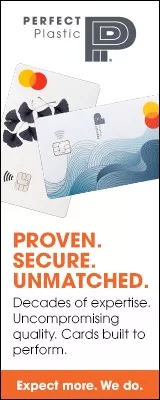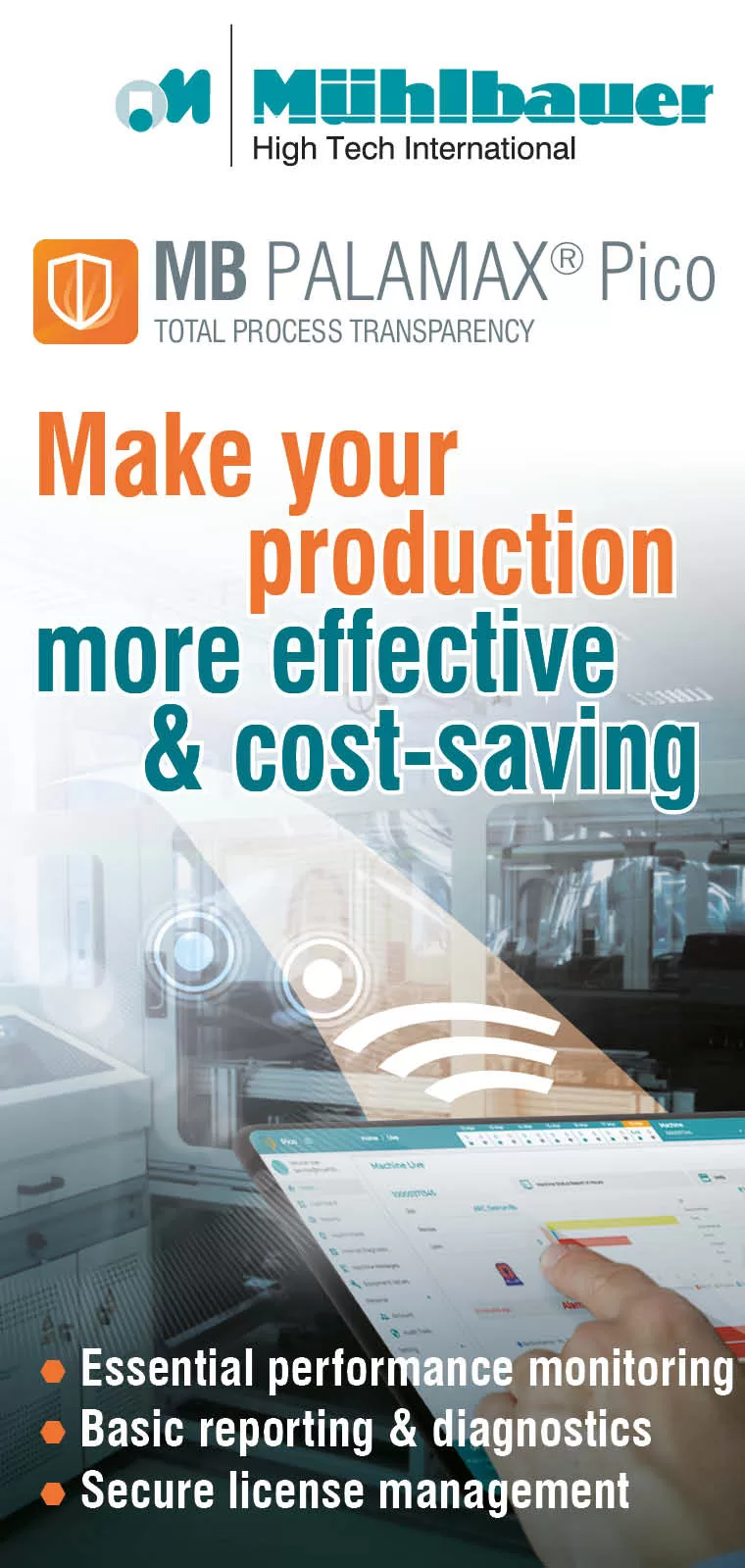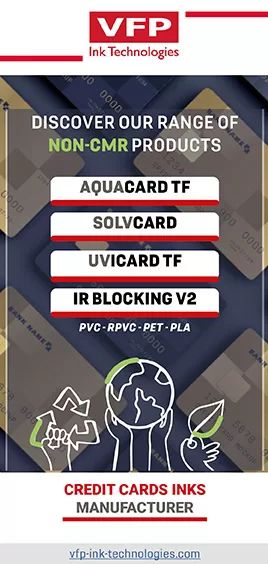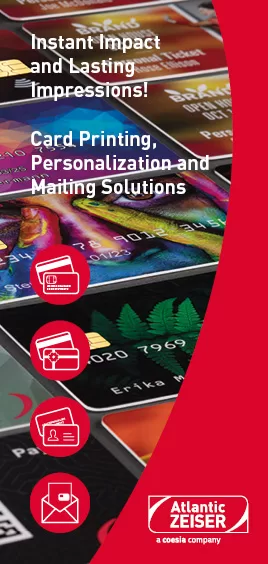
by Jennifer Kohlhepp | CM Industry News
Industry News
Metal Credit Cards to Hit $10.5B by 2031 on Premium Banking Surge
The global metal credit card market, valued at $2.32 billion in 2024, is projected to reach $10.5 billion by 2031 with a CAGR of 24.4%, driven by rising demand for premium, personalized and tech-integrated payment solutions. Growth is fueled by hybrid metal cards offering a cost-effective luxury feel, full metal cards targeting ultra-premium clients seeking status and exclusivity and customizable designs appealing to younger, design-conscious consumers and corporate branding needs. Banks, fintechs and challenger banks are leveraging metal cards to differentiate offerings, enhance customer experiences and attract high-value segments, with innovations in materials, personalization and digital compatibility expanding adoption across global markets.
Fintech Removes Numbers from Payment Cards
London-based fintech Tide is enhancing card security for business customers by becoming the first UK business card provider to remove printed numbers, expiry dates and security codes from its payment cards, storing this data exclusively in its app. The move aims to combat rising “card-not-present” fraud—which hit a record £399.6 million in 2024—along with other printed detail-related scams. While still functional via chip payments, the numberless design reduces the risk from lost or stolen cards. Partnering with Mastercard, which plans to phase out manual card entry in Europe by 2030, Tide sees this as a step toward safer, more convenient transactions for small businesses.
The Future Card
The payments industry is undergoing a transformation similar to the automotive industry’s shift to hybrid cars, with physical credit and debit cards evolving into digital-first, hybrid payment tools. While physical cards remain widely used—especially in in-person retail settings—the rise of mobile wallets, tokenization and flexible payment credentials (like Visa’s Flexible Credential and Mastercard’s One) is redefining what it means to be “top of wallet.” Consumers, especially younger generations, increasingly prioritize speed, personalization and convenience, using digital wallets, BNPL and app-based card management to control how they pay. Issuers and card manufacturers are adapting by blending physical and digital offerings, ensuring their cards remain visible and usable across both platforms. Despite predictions of a fully digital future, physical cards will likely remain relevant for many years, coexisting with mobile wallets as payment habits shift based on age, access and perceived convenience.
The New Face of Credit is the Debit Card
As consumer preferences shift away from traditional credit cards, Buy Now, Pay Later (BNPL) and installment payment options are rapidly gaining traction for their flexibility, predictability and alignment with real-time budgeting needs—especially among parents, younger generations and even high-income earners. This transformation is giving debit cards a new role as “smart credentials” that let users control how and when they repay purchases, turning them into credit-like tools without revolving debt or interest. Fintechs like Klarna, Affirm and Sezzle are leading this change by embedding deals and payment flexibility into shopping apps, creating ecosystems that challenge banks and traditional card issuers. To remain competitive, banks must evolve beyond rewards programs and embrace real-time, personalized payment solutions—or risk ceding ground to innovative newcomers who are redefining how consumers want to shop and pay.
Biometric Payment Card Enrollment Interoperability Spec Developed
The Smart Payment Association (SPA) has developed initial interoperability specifications for biometric card enrollment, incorporating industry feedback to support standardized adoption of biometric payment cards. Led by SPA’s Biometric Card Working Group, the effort aims to streamline the user experience and facilitate issuer integration, addressing a long-standing barrier to widespread adoption. SPA is considering promoting the specifications either as proprietary guidance or through formal submission to standards bodies like EMVCo and ISO.
Dominican Republic’s National ID Card Tender on Track
The Dominican Republic is set to roll out new polycarbonate national ID and electoral cards beginning in late 2025, replacing documents issued in 2014. The upgraded cards will feature laser engraving, a secure embedded chip, QR code and biometric authentication to store encrypted personal data, making them more resistant to fraud and identity theft while enabling secure electronic transactions. The initiative aims to update records for over 9.4 million citizens, including nearly one million new voters by 2025, and strengthen the electoral system ahead of the 2027 primaries and 2028 general elections.
Gift Card Demand Poised to Increase This Holiday Season
A new Bank of America–commissioned report by TSG shows U.S. consumer gift card purchases are rising, with 81% buying a gift card in 2024, up 6% from 2023. Digital gift card usage grew to 38% from 32%, while physical cards rose to 68% from 63%. Gift cards also drive new business, with 57% of consumers saying they would try a company because of one, and most shoppers spend at least the card’s value—43% spending more. Millennials and Gen X showed the largest year-over-year increases in both physical and digital card purchases, and more consumers overall received a gift card in 2024. Looking ahead, 23% of consumers plan to spend more on gift cards this year, led by Millennials (46%) and Gen Z (38%), suggesting strong demand as the holiday season approaches.
Malaysia’s MyKad ID Card to Get Upgraded Security
Malaysia is preparing to launch a new version of its MyKad national ID card with enhanced security features, expanded chip capacity and support for more digital applications, while emphasizing its continued role alongside the government’s MyDigital ID initiative. The upgraded MyKad, now in its final development phase with supplier NextG, will feature a secure chip readable only by approved systems, comply with ISO/IEC standards and be “very hard” to counterfeit. Since its 2001 debut, MyKad has supported functions like driving licenses, healthcare access, payments and targeted subsidies, though some agencies have reduced reliance on it. Officials stress that physical IDs will remain relevant, even as digital services expand and experts suggest blockchain could eventually transform MyKad into a secure digital identity wallet integrating health, financial and government services—though such a transition will require stronger infrastructure, legal frameworks and privacy protections.
Socket Mobile Readers Certified for Japan’s My Number Card Digital Identity Program
Socket Mobile has received official Japanese government approval for its SocketScan S370 and S550 devices as certified readers for the My Number Card national ID system, enabling integration into public and commercial applications that require secure access to government services. With over 100 million cards issued, the My Number Card serves as the foundation of Japan’s digital identity infrastructure, recently expanding into Apple Wallet. The compact, contactless S550 and hybrid S370 readers connect via Bluetooth, support ISO 18013-5 standards, and work with smartphones and tablets through Socket Mobile’s CaptureSDK for broad compatibility. The approval marks a major milestone for Socket Mobile’s presence in Japan, validating its technology’s reliability and opening new opportunities in the country’s digital identity ecosystem.
